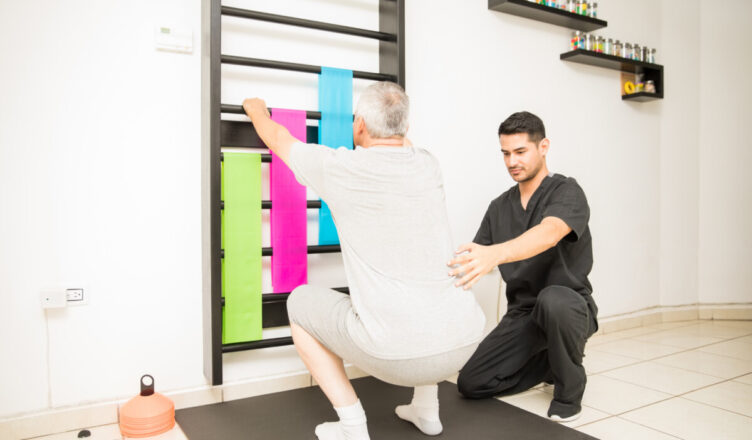Walking, without problems, is something that we typically take for granted! For most people it is only later in life, when balance begins to falter and we realize just how much ability it takes to stand and walk on our own two feet without much effort or difficulty!
The pace and style of how we walk is referred to as gait. Gait training and balance therapy are treatments undertaken following a foot or leg injury and / or surgery. A person’s gait and ability to maintain proper balance while moving are interrelated and both need to addressed together to successfully improve a person’s balance and gait.
Loss of balance will happen even with the strongest of people. For some, this means using a wheelchair, or a walking stick to help move around. For others, it is a short-term condition that develops following an injury and surgery. Still for some, balance problems develop as a result of a neurological conditions, as is the case with balance disorders. Issues like vertigo can prevent people from ever feeling truly stable on their feet. When this occurs, it is important to focus on regaining the body’s balance by concentrating on improving their gait.
For example, bad falls are a constant worry for the elderly and others who have physical challenges. Falls are the leading cause of injury-related deaths and serious health problems for United States senior citizens.
There are several factors that may impact a person’s ability to maintain balance, including muscle atrophy and reflexes. In some conditions, it isn’t an injury that holds you back from being able to move easily, but instead chronic weakness that may have developed during injury recovery, or as a result of the aging process. For many people, loss of balance stems from the body feeling of running out of steam. Increased fatigue is a reason that a person may be more likely to incur an injure, creating a negative feedback loop of imbalance. Slow reflexes, poor posture, and fatigue contribute to making moving more difficult.
A person’s ability to maintain appropriate balance is dependent on far more than on healthy feet and good-fitting shoes. The ability to proper body balance is connected to much of the nervous system, and beyond. Each of the body parts outlined below play a key role in an individual’s ability to stay properly balanced and effectively walking:
- Cognitive Functions
- Eyes
- Inner ears
- Joints
- Muscles
- Nervous System



